#dimitrie cantemir
Text
youtube
Dimitrie Cantemir, Bestenigar pesrev I Music in Istanbul And Ottoman Europe Around 1700, 2004
2 notes
·
View notes
Text
https://romaniasweetromania.com/2023/01/despre-logica-si-ziua-ei-intrebati-l-pe-cantemir/

#dimitrie cantemir#Leon Birnbaum#logica#Mircea Dumitru#Titu Maiorescu#UNESCO#World Logic Day#Ziua Mondiala a Logicii#logic
0 notes
Text
Conferința preoțească din Protopopiatul Fălticeni. Distincție acordată preotului Gheorghe Lungu de la Parohia „Sfântul Apostol Andrei”
Marți, 7 noiembrie, a avut loc o nouă conferință preoțească în Arhiepiscopia Sucevei și Rădăuților, în Protopopiatul Fălticeni. Evenimentul a fost organizat cu binecuvântarea Înaltpreasfințitului Părinte Calinic și s-a desfășurat la Mănăstirea Sihăstria Râșcăi.
Conferința a reunit clericii din Protopopiatul Fălticeni și a avut două teme principale: “Anul omagial al pastorației persoanelor…
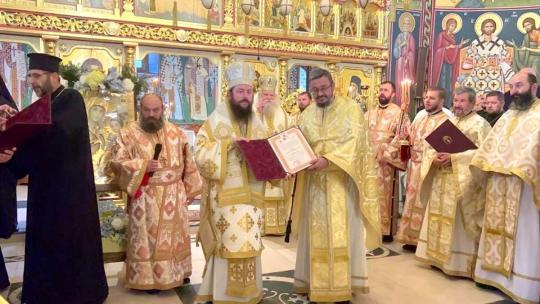
View On WordPress
#activitate pastoral-misionară#arhiepiscopia sucevei și rădăuților#Înaltpreasfințitul Părinte Calinic#ciprian porumbescu#conferință preoțească#Dimitrie Cantemir#Editura Crimca#eveniment religios.#știri din fălticeni#știri fălticeni online#falticeni#filantropie#fălticeni online#imnografia bisericească#mănăstirea sihăstria râșcăi#omagierea vârstnicilor#premii preoți#protopopiatul fălticeni
0 notes
Text
Biblioteca Digitală - ediții publicate în 1800
În prezent, cca 23 ediții, publicate în 1800, sunt disponibile spre lectură online în Biblioteca Digitală a Bibliotecii Municipale „B.P. Hasdeu”. Unele din aceste ediții, deși sunt scrise în limba română, pot fi lecturate cu dificultate întrucât conțin și caractere chirilice (ex.Urikariulu Hrisoave, anaforale, tratate și alte acte de ale Moldo-Valahiei). În paginile acestor ediții vechi se…
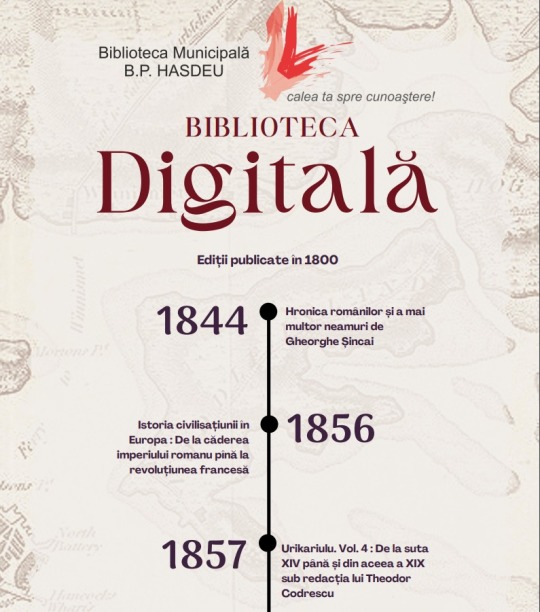
View On WordPress
#biblioteca digitala#Biblioteca Municipală "B.P. Hasdeu"#Bogdan Petriceicu Hasdeu#cărți vechi#Dimitrie Cantemir#Gheorghe Șincai#Istoria civilisaţiunii în Europa
0 notes
Text
Știri: Festivalul de muzică orientală „Dimitrie Cantemir” (26–28 mai 2023, Iași)
În perioada 26–28 mai 2023, Arhiepiscopia Iașilor organizează Festivalul de muzică orientală „Dimitrie Cantemir”. Evenimentul va prezenta muzică orientală, otomană și persană și muzică scrisă ori culeasă de Dimitrie Cantemir. Vor cânta cele mai bune ansambluri din România, Turcia și Iran.
Program:
26 mai 2023, ora 19.00, Sala Unirii din Iași – concertul extraordinar susținut de Ansamblul de…
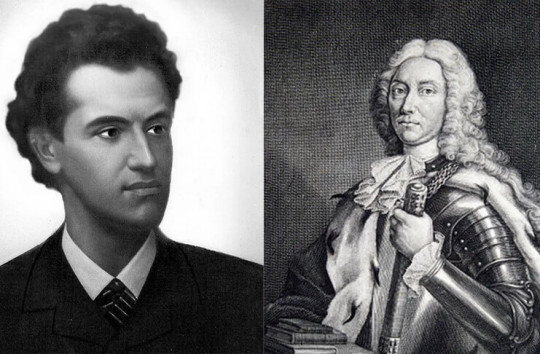
View On WordPress
#Ciprian Porumbescu#cultură#Dimitrie Cantemir#festival#istorie#leviathan.ro#muzica#muzică clasică#știri
0 notes
Text
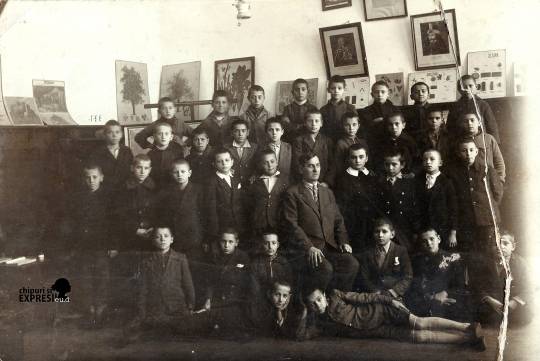


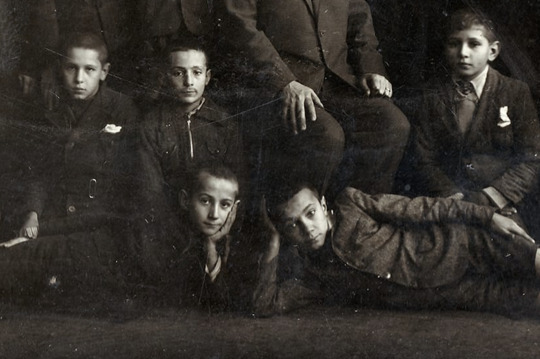
"Amintire din anul 1935... din cl. IV primară de baeți"
Photograph of a grade 4 boys' class in Galați, Romania. Behind the class and teacher are diagrams of different trees and flowers, and portraits of Vlad Țepeș and Dimitrie Cantemir.
Chipuri și Expresii
30 notes
·
View notes
Photo
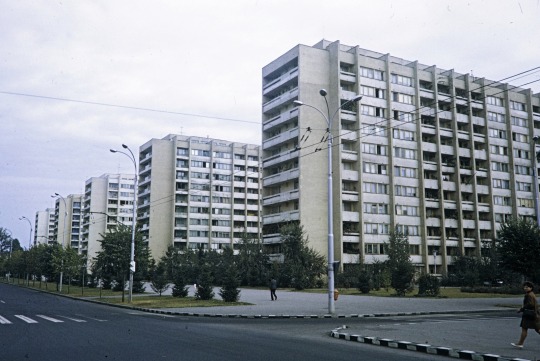
Dimitrie Cantemir Boulevard, Bucharest, 1970. From the Budapest Municipal Photography Company archive.
64 notes
·
View notes
Text
Romania and his relationships
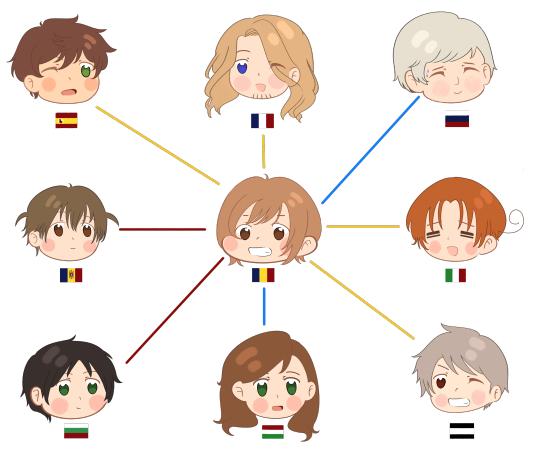
La mulți ani, România! 🇷🇴
As a special treat for today, here are some headcanons about Ro and his closest relationships throughout the years. The lines stand for family, friends and tense relations.
Romania
Was "born" as a result of the Romanization of Dacia (106 - 271 CE)
And gradually became known as Wallachia even though he represented all the Romanians in the Carpato-Danubian-Pontic territory.
A troublemaker with a fatalist attitude.
He's a gourmand but regrets it because his food is heavy.
Is acutely aware of his position as a Latin "island" in a Slavic "sea” and is extra sensitive when people try to deny his heritage.
Has a complicated relationship with the Church. His faith is almost as important to his identity as his language because it kept him from assimilating with the empires which ruled him (the Catholic Austro-Hungarians and the Muslim Ottomans).
Lately, his fashion choices have become more daring and experimental.
He's very street-smart and can blend in with any crowd.
He's very superstitious and believes in old-world remedies. He’s big on conspiracies and sometimes thinks the world is plotting against him.
Is proud of the inventions his people gifted the world, like the fountain pen, the first experimental air jet, insulin and so on.
Does anything in his power to avoid staying in Bucharest and owns houses in several cities (like in Sibiu).
Still does not know what to make of communism.
He's a sweet tooth and has been known to claim ownership of his neighbors' food: "What do you mean găluște cu prune are not Romanian? Of course they are!"
He'll roll his eyes when he hears someone mention Dracula but will overlook it if it brings him 💰.
Can speak Greek thanks to being ruled by Phanariots for so long.
Wants to punch something every time Ned opens his mouth. The same goes for Hungary.
He's hardworking and eager to keep up with the rest of the world.
Romania has one of the highest emigration rates in the EU so Ro should have an episode in which he travels abroad to work just like Romano.
Romania and Bulgaria
One of Ro's closest and longest relationships.
They've seen each other at their best and worst.
Their earliest encounter occurred between the 3rd and 7th centuries when the Bulgar and Slav migratory peoples crossed Ro's territory to settle south of the Danube.
Back in the day, Bul personally taught Ro the Cyrillic alphabet. Ro went on to use it until 1862 when the then-ruler of the United Romanian Principalities decreed that the Latin alphabet must replace the Romanian Cyrillic alphabet.
That's right, kids. Romanian, a Latin language, used to be written in Slavic script.
Saw a great deal of each other during their time as Ottoman vassals.
Ro had personally sheltered Bul during his time as a revolutionary émigré. Wallachia became a safe haven for hundreds of Bulgarian revolutionaries during Ottoman rule. After Bulgaria's liberation in 1878, many chose to stay behind and settle in Romania.
Even though Ro and Bul did not always fight on the same side, they hold no resentment over their past. Only friendly jibes! Like Bul calling Ro a "shameless mămăligă eater."
Bul's seaside is very popular among Romanians, so Ro likes to visit Bul during summertime when Bul can hang out in his boxers all he wants and Ro can visit his late queen’s palace.
Nowadays, they bond over being EU’s late-bloomers and GOSSIP. Ro talks himself hoarse on the phone with Bul.
They also discuss the latest Turkish telenovelas but would rather die than admit they like them.
Ro and Russia
A very tense relationship
Have met first through Ro's little brother when Dimitrie Cantemir allied with Peter the Great to form an anti-Ottoman alliance.
Their relationship formalized during the 18th and 19th centuries when Russia demanded a say in Mol and Ro's internal affairs as the "big brother" of all Orthodox Christians in the Ottoman Empire.
Even though the Russian occupation protectorate did not benefit Ro and Mol much, it introduced the two brothers to their first government by law.
With the occupation, the Russians also brought over nobility customs, like ballroom dancing.
After Russia helped Ro gain his independence from the Ottoman Empire, the relationship got warmer (for a while).
King Carol I of Romania had even considered Tsar Nicholas's eldest daughter, Olga, a potential bride for his grandson, Carol II.
But after the Bolshevik takeover and the assassination of the Romanovs, Ro and Russia's relationship turned icy again.
One of the most sensitive topics today is the loss of Romania's national treasure, which was transported to Russia during WWI for safekeeping. Romania had to decide between sending the treasure to Great Britain or Russia. In the end, we chose to send Russia 93 tons of treasure as a display of mutual trust. After the October Revolution, the Bolsheviks seized the treasure and refused to return it. Since then, minuscule parts of the treasure have been returned as displays of "goodwill."
Their relationship hit an all-time low after the loss of Moldova and the installation of the communist regime.
Nowadays, Ro tries to keep his distance from Russia as much as geographically possible.
Ro and Hungary
Ro’s other historically tumultuous relationship
Ro has been the underdog for much of their shared history, but the tables turned after 1918 with Transylvania's independence and Romania’s unification.
Ro remembers a time when both had fought against a common enemy - the Ottoman Empire.
But that alone isn't enough to get over their past.
Ro probably gatecrashed Austria and Hungary's wedding and did everything in his power to be a constant nuisance under their rule.
He sends text messages to Hungary every year on the 4th of August, saying, "you're welcome." Hungary knows to block his number on that day.
Nowadays, I see them being (somewhat) tolerant of each other (even cordial during spells of drunkenness).
Ro can speak fluent Hungarian and shares a people with Hungary.
Ro and Italy
Home to Ro's largest diaspora
One of Ro's closest relationships
Have an easy time understanding each other thanks to their common Latin heritage.
Italy is a popular holiday destination among Romanians, and Ro admires the Italy brothers' culture greatly.
Although they like to tease Ro about his Latin origins, which never fails to annoy Ro.
Ro and Spain
Home to Ro's second-largest diaspora
A generally warm relationship
Romanians are very taken with anything Spanish (see that Romania sent to Eurovision three songs in Spanish: Zaleilah, Llámame , Liubi Liubi, I Love You).
Also have an easy time understanding each other thanks to their common Latin heritage.
Both are very friendly and hospitable, but Ro tends to be more serious and pessimistic than Spain.
Ro is a big fan of Spanish telenovelas and has a romanticized image of Spain (flamenco, paella, sunshine and passionate lovers).
France and Ro
One of Ro's closest and most complicated relationships that had once resembled that between a mentor and his protégé.
Especially during Napoleon III's reign when Napoleon actively championed the unification of the Romanian Principalities (Ro and Mol) under a single ruler.
Take that Austro-Hungary, the UK and the Ottomans! 😝
Most of Ro's intellectual class during the 19th and early 20th century was educated in France or emigrated to France at some point.
In turn, plenty of important French figures contributed to Ro's modernization. French architects such as Albert Galleron built some of Romania's most symbolic landmarks, e.g., the Romanian Atheneum, while pioneers such as Carol Davila reformed Romania's national health system and founded its first ambulance system and Bucharest's School of Medicine.
Ro wanted to emulate everything French to the point that Bucharest became known as 'Little Paris' (see that we also have our own Arc de Triomphe).
Ro speaks fluent French and is an avid Francophile.
Although everyone jokes about the white-handkerchief-waving French, the opposite is true in Romania.
Much of the Romanian army's success on the Eastern Front during WWI was owed to General Henri Berthelot, who reorganized, equipped and trained the Romanian army.
After his mission here, he became so attached to Romania that upon seeing the Romanian detachment march during the 1919 Paris military parade, he told a French marshal: "Foch, saluez ! C'est la famille."
Much like Poland, Ro gave France some of his most brilliant minds and talents, like Constantin Brancuși, Emil Cioran, and Eugen Ionescu.
During the Cold War, Ro and France's relationship became colder. Yet Ro was grateful to France for sheltering his dissidents who fled the communist regime.
Nowadays, Ro still looks up to Francis but can't stand his arrogance.
Ro and Prussia
First came in contact during the Teutonic Knights' mission in Transylvania in 1211.
Maintained ties thanks to the presence of Saxons in Transylvania.
Ro and Gil became very, very close after the Romanian Parliament elected Prince Carol of the Prussian dynasty Hohenzollern-Sigmaringen to rule Romania.
Trash-talked Austria at every opportunity given the historical rivalry between the Habsburgs and the Hohenzollerns.
Had a tense relationship during WWI and WWII because Ro liked to switch sides a lot.
Ro was a neutral country until 1916, then an Entente power until 1917, then signed an armistice with the Central Powers in 1917, only to rejoin the war on the Entente's side ONE DAY before the war ended in 1918.
(Congrats Ro! You won the war out of sheer luck.)
Ro switched sides again during WWII and ended up on the Allies' side after initially joining the Axis.
You can see why Gil found Ro such a reliable ally.
Ro and Gil (then DDR) reconnected during the Cold War and maintain an amicable relationship today.
Ro speaks fluent German thanks to his Transylvanian Saxon population.
Mol and Ro
They're the cutest brothers, and I would die for them.
Their relationship holds a deep sense of loss and regret that might never disappear.
There was a time when Mol was admired by all his neighbors (like in 1497 when Ștefan cel Mare put the Polish in their place), and Ro was the proudest brother.
1859 - 1940 was perhaps the happiest time of their life because they were finally together.
Nowadays, Ro knows that Mol is not the same as he was before 1940.
After 1991, Mol found his voice, and Ro couldn't be prouder to see his little brother come into his own.
Still! His growth is so bittersweet!
Ro and Mol always give each other 12 points during Eurovision and consider it the height of betrayal if one doesn't.
Ro sometimes "forgets" to remind people that O-Zone was a Moldovan band.
#aph romania#hws romania#aph prussia#hws prussia#aph france#aph bulgaria#hws france#aph moldova#hws moldova#aph hungary#hws hungary#aph spain#hws spain#aph italy#hws italy#aph russia#hws russia#my fanart#look at the size of this!#and I cut out a good chunk of it too!#Happy National Day Ro!#my hetalia content
73 notes
·
View notes
Text
Maria Cantemir, fiica domnitorului Dimitrie Cantemir. Portret de Ivan Nikitin

2 notes
·
View notes
Text
DOLIU IN LUMEA ÎNVĂȚĂMÂNTULUI ONESTEAN
DOLIU IN LUMEA ÎNVĂȚĂMÂNTULUI ONESTEAN
O profesoară apreciată și-a pierdut viața într-un accident cumplit
Lenuța Moldoveanu, iubita profesoară de matematică, a fost victima unui tragic accident rutier
Doliu în comunitatea oneșteană și în lumea învățământului! Profesoara de matematică Lenuța Moldoveanu, de la Colegiul Național „Dimitrie Cantemir” din Onești, și-a pierdut viața ieri după-amiază…
0 notes
Text
youtube
Dimitrie Cantemir/Ihsan Ozgen +Linda Burman-Hall Lux Musica, Hüseynî Pesrev I Music in Istanbul And Ottoman Europe Around 1700, 2004
1 note
·
View note
Text
Gala Cercetării Românești, 2024
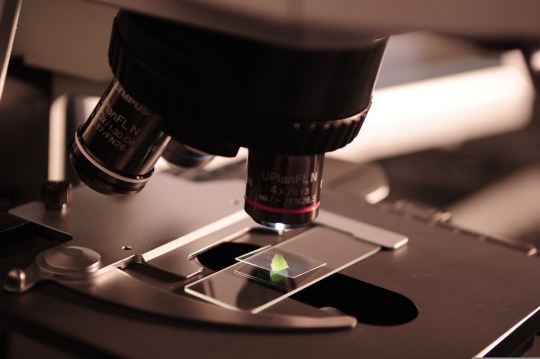
Ministerul Cercetării, Inovării și Digitalizării (MCID) anunță lansarea competiției pentru Gala Cercetării Românești – Ediția 2024, evenimentul care recunoaște și premiază excelența în cercetare.
„Gala Cercetării Românești este o inițiativă prin care promovăm rezultatele cercetătorilor români în societate. Pentru prima dată, vom recompensa și financiar cele mai importante 11 proiecte de știință și tehnologie generate de cercetătorii de elită ai României. Vom acorda premii totale de 3,3 milioane de lei pentru contribuții substanțiale în domenii precum informatică, medicină, biotehnologii sau fizică”, a precizat ministrul Cercetării, Bogdan Ivan.
Cele 11 domenii științifice pentru care se acordă premiile de câte 300.000 de lei, prevăzute de HG nr. 526/2023, sunt:
- Științe inginerești – Premiul “Henri Coandă”;
- Matematică și informatică – Premiul “Grigore Constantin Moisil“;
- Științele pământului, mediu și schimbări climatice – Premiul “Grigore Cobălcescu”;
- Științele vieții – Premiul “George Emil Palade”;
- Chimie – Premiul “Raluca Rîpan”;
- Energie și materiale avansate – Premiul “Nicolae Vasilescu Karpen”;
- Fizică – Premiul “Șerban Țițeica”;
- Biotehnologii – Premiul “Gheorghe Ionescu-Șișești”;
- Științe umaniste – Premiul “Dimitrie Cantemir”;
- Medicină – Premiul “Ana Aslan”;
- Științe sociale și economie – Premiul “Mattei Dogan”.
Calendarul competiției este:
- Depunerea cererilor de premiere: 18.01.2024 – 31.01.2024;
- Publicarea rezultatelor privind eligibilitatea: 07.02.2024;
- Primirea contestațiilor privind eligibilitatea: 08-09.02.2024, ora 16:00;
- Publicarea rezultatelor finale privind eligibilitatea: 12.02.2024;
- Evaluarea cererilor de premiere: 12.02.2024 – 22.02.2024;
- Publicarea listei finale a premianților pentru fiecare domeniu: 23.02.2024;
- Desfășurarea ”Galei Cercetării Românești”: 27.02.2024, ora 18:30, Opera Națională București.
Selecția premianților Galei se realizează în baza unei proceduri de evaluare a cererilor de premiere, desfășurată în două etape:
- selectarea cererilor de premiere în baza unor indicatori cantitativi în vederea evaluării calitative;
- evaluarea calitativă a cererilor de premiere care au depășit etapa de selectare.
Sunt selectate pentru evaluarea calitativă cererile care îndeplinesc cel puțin 3 dintre cei 6 indicatori detaliați în Regulamentul de Organizare și Funcționare.
Detaliile despre program, Regulamentul de Organizare și Funcționare, precum și condițiile de eligibilitate sunt disponibile la adresa https://www.mcid.gov.ro/gala-cercetarii-romanesti/.
Cererile de înscriere se transmit, exclusiv în format electronic, la adresa de e-mail: [email protected].
Comisiile de evaluare vor fi formate din experți propuși de către Prezidiul Academiei Române, Consiliul Național al Cercetării Științifice, Colegiul Consultativ pentru Cercetare-Dezvoltare și Inovare și Consiliul Național al Rectorilor.
Sunt acceptate spre selectare și evaluare calitativă doar cererile de premiere depuse de către cercetători având afiliere instituțională în România.
Programul “Gala Cercetării Românești” este organizat anual de către Ministerul Cercetării, Inovării și Digitalizării, conform prevederilor Hotărârii Guvernului nr. 526/2023 privind aprobarea programului ”Gala Cercetării Românești”, cu modificările și completările ulterioare și a OMCID 21382/2023 privind aprobarea Regulamentului de Organizare și Funcționare a Programului „Gala Cercetării Românești”.
Read the full article
0 notes
Text
Originea cuvântului Ler
Un cuvant cu etimologia inca discutata in limba romana este ler, despre care s-au formulat variate ipoteze, angajand mai mult domeniul imaginatiei decat al documentarii lingvistice. Amintim ca Miron Costin, M. Gaster si Al. Cihac considerau ca ler provine din slavul lel (= zeul Cupidon). Dimitrie Cantemir, Petru Maior, Gh. Sincai, C. Saulescu, At. Marienescu, G. Missail, Gr. Toeilescu si A. D.…

View On WordPress
0 notes
Text
Biblioteca Digitală OPAC 2023
Lansată în 2021, Biblioteca Digitală a Bibliotecii Municipale „B.P. Hasdeu” numără în prezent 183 de titluri disponibile spre lectură în catalogul online al bibliotecii. La crearea conținuturilor participă în 2023 filialele Biblioteca Centrală, Alba Iulia, Onisifor Ghibu, Târgoviște, Ovidius, Biblioteca Publică de Drept, Lesia Ukrainka, Centrul Academic Internațional „Mihai Eminescu”, Mihail…

View On WordPress
#Alexandru Boldur#biblioteca digitala#Biblioteca Municipală "B.P. Hasdeu"#cărți#Dimitrie Cantemir#Gala Galaction#manuscrise#Mihai Eminescu#Nicolae Iorga#Tudor Arghezi
0 notes
Video
youtube
Ney Kianoush Khalilian - Constantinople Ensemble - Dimitrie Cantemir Music
0 notes
Text



About 2,500 wild horses live in the Letea Forest, Romania, spending their time on a protected area of 2,800 hectares. The horses from Letea also have their stories, happier or sadder, and tourists who arrive in the Danube Delta want to know them.
Even Dimitrie Cantemir wrote in the "Descriptio Moldaviae", at the beginning of the 18th century, that the studs of wild horses roamed from ancient times in the south of Moldavia to the Danube Delta.
By 1958, during the first collectivization, almost all horses were killed in Romania. In Letea, however, it was quite difficult to kill them because it is a very large area. In addition, at that time the Letea forest did not have fences like it has now, and the horses hid and were caught very hard, so they managed to stay alive in that area.
The winter of 2009-2010 was very hard for the horses from Letea, so many of them lost their lives. For almost two weeks, there was a -15 degree frost and 30-40 centimeters of snow. Then, the horses couldn't find water and food anymore and almost 300 of them died.
0 notes